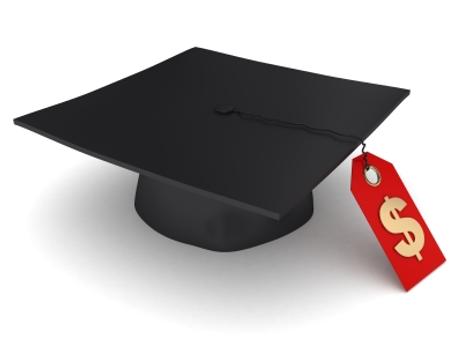The United States is facing a debt crisis of epic proportions, but it may not be in the area consumers would suspect. Huffington Post cites statistics from the Federal Reserve Bank of New York that show student debt has surpassed credit card debt in this country. It is no wonder the media is littered with reports of student debt defaults today. To make matters worse, the source of student debt is no longer community colleges and four-year public institutions. Instead, that debt goes directly to for-profit schools that charge students high tuition rates but deliver little in return.
The numbers are concerning, considering that community colleges – the schools President Obama has touted as the training grounds for our future workforce – are scrambling to make ends meet. As more people head to these public institutions hoping to get applicable training for recession-proof, lucrative careers, the schools are finding themselves without the necessary resources to teach everyone who wants to be educated. Services and programs have been cut, and waitlists for popular courses are becoming longer and longer. State and federal funding are slim at these schools today.
This video outlines financial aid for community college students.
For-Profits Enjoy Prosperity
This is not the case with for-profit colleges. Institutions like the University of Phoenix and ITT Technical Institute are enjoying significant prosperity these days as they take a bigger piece of the federal funding pie through student loans courtesy of Uncle Sam. Floyd Norris of the New York Times calls that "welcome news to the propriety colleges," and says that Kevin M. Modany, chief executive of ITT Educational Services, told analysts earlier this year that the "competitive landscape" is improving for those schools.
The Chronicle of Higher Education reports that figures from the Education Department's "The Condition of Education: 2012" show that while public institutions received more financial aid, the increase was the sharpest at for-profit schools. These institutions saw a dramatic 55-percent increase in students receiving financial assistance between the 2006-2007 school year and the 2009-2010 academic year. The average student loan aid amount for for-profit schools was $9,641.
This video explains the need to apply for financial aid from a student's perspective.
What the Numbers Show
This news may be greeted enthusiastically by the executives at for-profit institutions, but how do the numbers benefit the people who matter most? Do these students invest in an education at these schools? According to the Huffington Post, the benefits are minimal, and the facts about these institutions are even "scary." Consider the following statistics that come directly from a recent College Board study reported by Huffington Post:
- In 2009, approximately 1.5 million students in the U.S. attended for-profit colleges. These schools' average annual tuition cost was $14,000, compared to $7,600 for a public four-year institution. (Community colleges cost even less, ranging between $2,000 and $4,000 annually.)
- Of the full-time students attending for-profit schools, around three-quarters receive some financial aid – commonly from federal funding rather than the schools themselves.
- Nearly half of the students who receive student loans get at least some of their money from private financial institutions, which charge much higher interest rates than student loans offered by the federal government.
While these for-profit institutions charge nearly double what public institutions cost, the return on investment for students is far from high. Huffington Post also reports that only about 22 percent of students from for-profit institutions complete a bachelor's degree program. That is just one-third of the number of schools that do not operate on a for-profit basis.
No Degree, No Transfer
In addition to the dismal completion rates currently on record for proprietary institutions, there may be another problem students at these schools did not consider when they enrolled. Norris of the Times reports that while watching an ITT Technical Institute commercial on television, he noticed a fine print that flashed on the screen near the end of the ad, stating, "Credits earned are unlikely to transfer."
Students who attend for-profit institutions and fail to complete their degree programs may find the credits earned at that institution are basically worthless in the rest of the world of higher education. In other words, no matter how many classes you take at a for-profit school, you will likely have to begin again if you decide to switch your education to a different college: all that and a $14,000 annual bill, too.
This video explains how financial aid for a community college in Tennessee works.
Administration Takes Regulatory Approach
Frontline reports that the Obama Administration is currently taking steps to prevent for-profit schools that use predatory tactics from getting the bulk of student loan money. To qualify for financial aid, for-profit schools must now meet at least one of these three requirements:
- At least 35 percent of graduates and former students of a for-profit institution must be able to show they can make their loan payments, including reducing principal balances
- Annual loan payments cannot exceed 30 percent of a graduate's income
- Yearly loan payments cannot exceed 12 percent of a graduate's earnings
To be disqualified from federal student loan programs, schools must fail at least one of these requirements three out of four years. The New York Times reports that a group of for-profit schools has banned together to halt the legislation, stating that the rules are an unjustified "regulatory excess." Even if the for-profits fail in their efforts to stop the regulations, many in higher education are doubtful this watered-down approach will have much of a positive effect. In the meantime, community colleges and public colleges continue to struggle for survival as state and federal funding continue to go elsewhere.
Questions? Contact us on Facebook. @communitycollegereview















